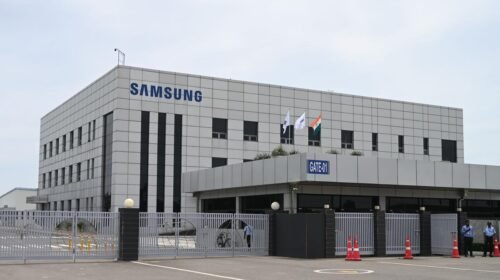Stereotaxis , is a developer of Robotic technologies for the treatment of cardiac arrhythmias, says it has reached a significant milestone of over 400 scientific publications now on documenting the clinical benefits of Stereotaxis robotic technology.
David Fischel, chairman and CEO of Stereotaxis, says: “The clinical benefits of Robotic Magnetic Navigation have been extensively validated in high-quality clinical literature and in the real-world treatment of over one-hundred-thousand arrhythmia patients”.
“We are proud to the depth and breadth of clinical data demonstrating the benefits of robotics to patients and healthcare to providers. We congratulate and thanks to the physicians globally who have contributed to this robust body of clinical evidence.”
The most recent publication, published in Clinical Cardiology by Dr. Jin Qi and colleagues from Ruijin Hospital in Shanghai, describes clinical outcomes of 1,003 consecutive robotic cardiac ablation procedures performed between 2010 and 2019.
It is among the largest single-center publications documenting efficacy, safety, speed and learning curve of Robotic Magnetic Navigation.
The 1,003 patients suffered from a broad range of arrhythmias with 55% of the patients being treated for Atrial Fibrillation, 29% for Ventricular Tachycardia and Premature Ventricular Contraction, 11 percent for Supraventricular Tachycardia, and 5% for Atrial Tachycardia or Atrial Flutter.





